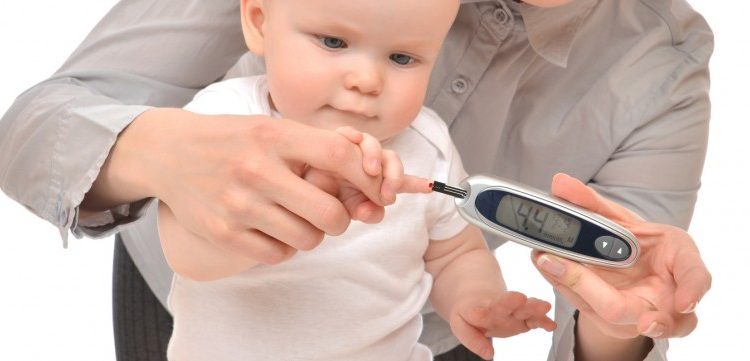
Type 2 diabetes: new drugs for a personalised treatment approach
Type 2 diabetes mellitus is a very common and growing condition that tends to develop in adult patients after the age of 40-50 years, but can also affect younger people
In contrast to type 1 diabetes, which is insulin-dependent because in this form the pancreas is no longer able to produce insulin (the hormone that keeps glucose levels in the blood low), in type 2 diabetes insulin is still present but its mechanism of action is compromised.
In type 2 diabetes, insulin is still present but its mechanism of action is compromised. In order to treat this condition, it is important that the patient undergoes appropriate treatment, and in recent years new clinical studies have contributed to significant innovations in clinical practice.
The American Diabetes Association (ADA) has recently published the new Standards of Care for 2020 (1), along with a Consensus Report prepared jointly with the European Association for the Study of Diabetes (EASD) on the treatment of hyperglycaemia in patients with type 2 diabetes (2).
The importance of new guidelines in the treatment of diabetes
In recent years, the results of clinical trials of new antihyperglycaemic drugs have provided very strong evidence of their efficacy in improving cardiovascular and renal outcomes in patients with diabetes.
For this reason, both the most important international and Italian scientific societies (i.e. the Italian Society of Diabetology and the Association of Diabetes Physicians) recommend the use of these drugs.
We can therefore say that these new guidelines will change clinical practice in the coming years, both in primary and secondary prevention of cardiovascular disease in patients with diabetes.
Type 2 diabetes, what are these new drugs?
They belong to two new pharmacological classes.
The first is that of GLP-1 (Glucagon-like peptide-1) analogues, a hormone normally produced by intestinal cells in response to a meal, which promotes insulin secretion and inhibits glucagon secretion by the pancreas.
In addition to improving glycaemic control, these drugs can also promote weight loss.
They are also administered subcutaneously once a week, which makes them easy and convenient for the patient to use.
The second class is that of sodium glucose co-transporter 2 (SGLT2) inhibitors, or glyflozines, which act on a renal receptor, promoting the elimination of sugar in the urine (so-called glycosuria) and thus leading to a reduction in blood glucose.
These drugs, however, are taken by mouth.
A personalised treatment approach for type 2 diabetes
Thanks to these new drugs, we can also tailor our treatment approach to cardiovascular complications, which are the main cause of mortality in patients with type 2 diabetes.
In fact, the use of GLP-1 analogues is recommended in patients with type 2 diabetes and proven atherosclerotic disease, such as previous myocardial infarction, unstable angina, coronary revascularisation, but also ischaemic stroke or vasculopathy of the peripheral vessels.
SGLT2 inhibitors, on the other hand, are recommended in patients with heart failure, with and without atherosclerotic coronary artery disease, and to prevent the progression of chronic kidney disease.
References
(1) American Diabetes Association. Standards of Medical Care in Diabetes-2020. Diabetes Care. 2020;43(suppl 1):S1-S212
(2) Buse JB, Wexler DJ, Tsapas A, et al. 2019 update to: management of hyperglycemia in type 2 diabetes, 2018. A consensus report by the American Diabetes Association (ADA) and the European Association for the Study of Diabetes (EASD). Diabetes Care. 2020;43:1-7.
Read Also:
Emergency Live Even More…Live: Download The New Free App Of Your Newspaper For IOS And Android
Child Health: An Interview With Beatrice Grassi, Creator Of Medichild
Covid, Type 1 Diabetes Increasing Among Cured Minors



